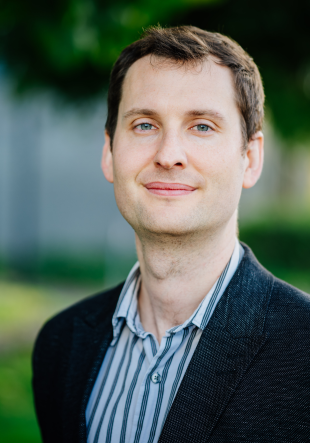ERC- Grant: QuESADILLA: Quantum Engineering Superconducting Array Detectors in Low-Light Applications
Overview
Optical measurements are fundamental to experimental science and observations of nature. At the single photon level, superconducting nanowire single-photon detectors (SNSPDs) are well-established as the gold standard in measurement, due to their near-unit efficiency, negligible noise and ultrafast response. Building SNSPD arrays and simultaneously extracting intensity, spectral and spatial resolution from a device at the single photon level will revolutionise astronomical measurements, spectrometry in chemistry and life sciences, and quantum imaging. Key to unlocking this potential is to marry concepts from detector tomography with robust high-yield detector fabrication, the integration of complementary optical technologies and low heat-load scalable readout schemes. QuESADILLA tackles these challenges head-on, with a series of experiments demonstrating the groundbreaking potential of quantum detector engineering. In contrast to engineering quantum states of light for metrology, QuESADILLA will shift that paradigm by engineering the quantum mechanical response of the detector itself. QuESADILLA introduces the concepts of a modal decomposition of the positive operator valued measure (POVM), and quantum-enhanced POVM engineering in low-light applications. To do so, arrays of SNSPDs in combination with lithographically-written etalons and dielectric coatings will be developed, in concert with state-of-the-art scalable approaches to large scale quantum tomography. QuESADILLA will exceed the state of the art in many areas: performing the first modal decomposition of detector tomography and the largest tomographic reconstruction of a quantum detector; the first demonstration of quantum detector engineering using nonclassical ancilla states; the first demonstration of etalon array reconstructive spectrometry with single photons; and exploit the fastest electronic shutter speed of any optical sensor to enable the highest dynamic range detection of continuous illumination.
Key Facts
- Research profile area:
- Optoelectronics and Photonics
- Project type:
- Research
- Project duration:
- 09/2022 - 08/2027
- Funded by:
- EU

